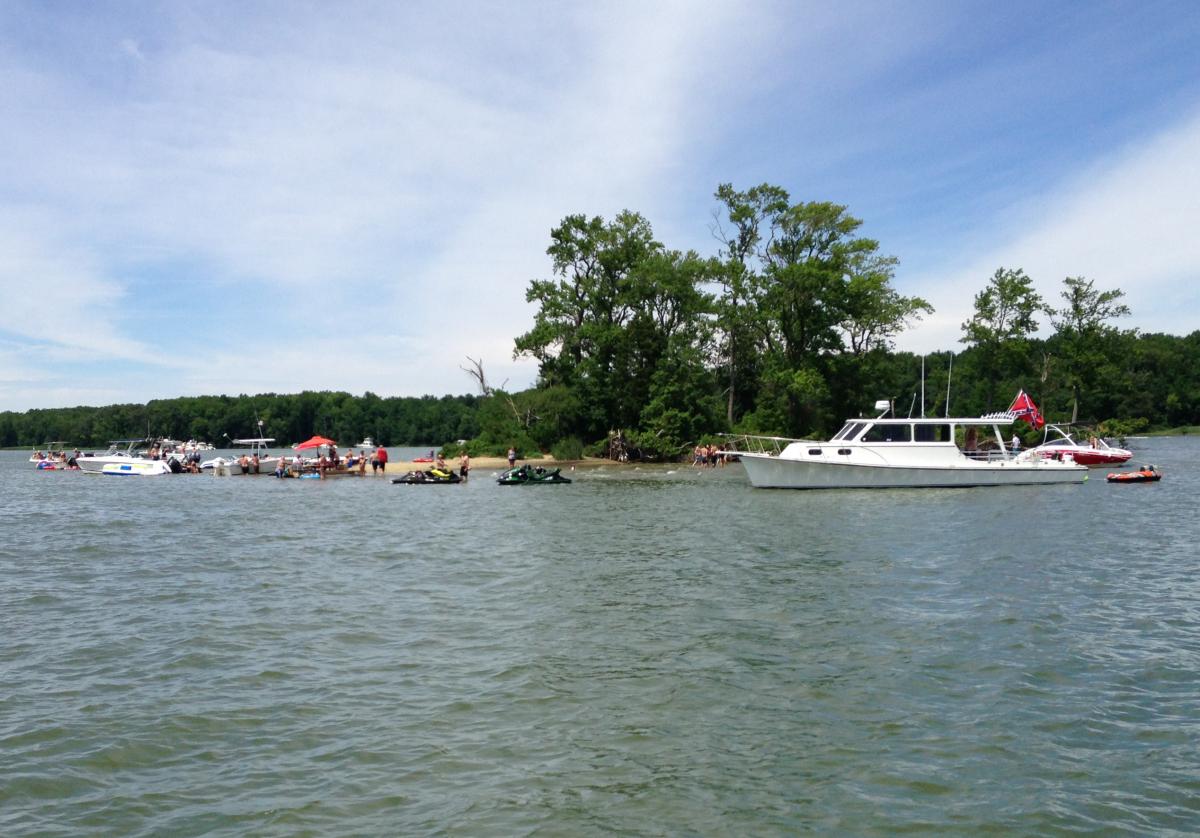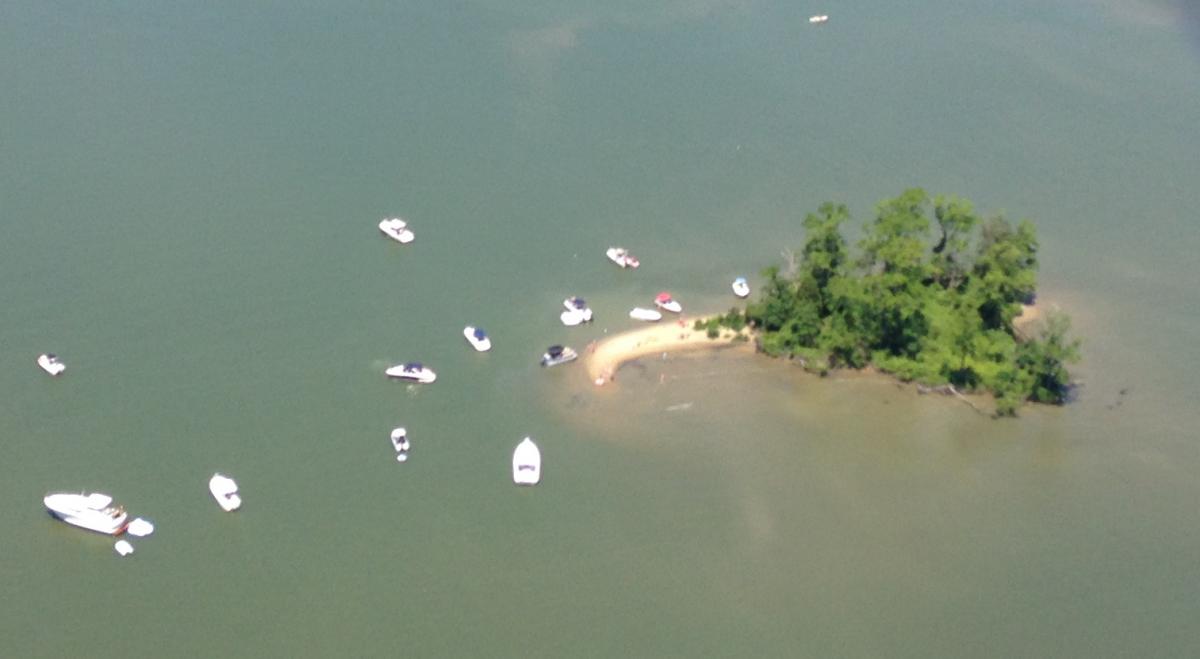Save Flat Island

Flat Island is a small, forested island in Maryland's Rhode River, a tributary of Chesapeake Bay. For five decades it has been part of the Smithsonian Environmental Research Center in Edgewater, Md. In 1994, the entire island spanned 57,700 square feet, or about the size of a football field. Today it has shrunk to roughly half that size.
But it doesn't have to continue shrinking at this rate. With your help, we can preserve its life and beauty for generations to come. To combat the runaway erosion, the shoreline needs to be safe from boat traffic chipping away at its edges. Flat Island's survival depends on the boating community. Every docked boat, including canoes and kayaks, carries off a little more sand and leaves the shoreline a little weaker. To ensure the island's survival beyond the next few years, we ask that boaters remain in the water and enjoy the island from a distance.


What's causing the island to disappear?
The main threat to the island's existence today is boat traffic. In the early 2000s, the number of visitors to the island surged, especially on weekends. Docked boats and foot traffic destabilize the shoreline, eating away at the sand and soil. Meanwhile, high-speed boats that circle nearby create high-energy waves that collide with the beach, causing it to shrink even more.
The numbers also indicate increased boat traffic as the primary driver of current erosion. Between 1994 and 2002, Flat Island lost only 1.5 percent of its land. Since then, the island has lost an additional 45 percent of its land.
Ecologists have already seen the nearby High Island suffer a similar fate. Once 20 feet high and covered in trees, today High Island is a sandbar.
What about sea level rise?
Sea level rise is causing some land loss around the Bay, but that alone cannot account for the drastic land loss over the last 10 years. Sea level has been rising for decades, and until recently the island has been eroding gradually. Only after 2002 did erosion sharply accelerate, after a major storm that likely contributed to some of the erosion and the steady increase of visitors further hastened its demise.
Is it possible to save the island?
Absolutely! Shorelines have a remarkable ability to build up their own soil if we give them a fighting chance. The most important ingredient is plant life. The roots of plants help hold the soil in place. Plants also can draw in additional soil from the water as the tides come in, and act as a powerful buffer against boat wakes. Boat traffic wears away the current vegetation and prevents new vegetation from taking its place, leaving the shoreline weak and vulnerable. But with enough breathing room, new vegetation could grow, keeping the island strong and healthy.
A shoreline marsh could even enable Flat Island to stay afloat in the face of sea level rise. Marsh plants accumulate peat, which builds up in the soil, allowing the island to raise its elevation. Marshes all along the Rhode River having been building their own soil for 4,000 years. If they build soil quickly enough, they may be able to keep pace with rising seas.

How can I and my family enjoy Flat Island and help preserve it?
There are a number of ways to enjoy the area around Flat Island without going ashore. Foot traffic and boat traffic are both harmful, but swimming is perfectly safe. If you wish to gather in larger groups, raft-ups are a great way to mingle freely without needing to dock. And unlike the Flat Island beach (where it's already difficult to make space for multiple boats), there's no limit to how many boats you can tie together in a raft-up.
Why is it important to preserve Flat Island?
Everyone who sails, fishes, boats or swims in Chesapeake Bay feels a certain pride in sharing this piece of our national culture. Any loss to the Chesapeake is a loss of part of our heritage. But there are several practical reasons as well. If Flat Island disappears, other islands throughout the Bay will also be at risk. Shorelines are critical refuge for birds, fish and other wildlife—including blue crabs. Juvenile blue crabs rely on shoreline habitat to protect them from being eaten by larger species. By preserving the shoreline of Flat Island, we're also helping sustain the blue crab population and the livelihoods of watermen throughout the Bay.
Top photo of Flat Island in the fall by Richard Bailey
